When Sussex was its own independent kingdom
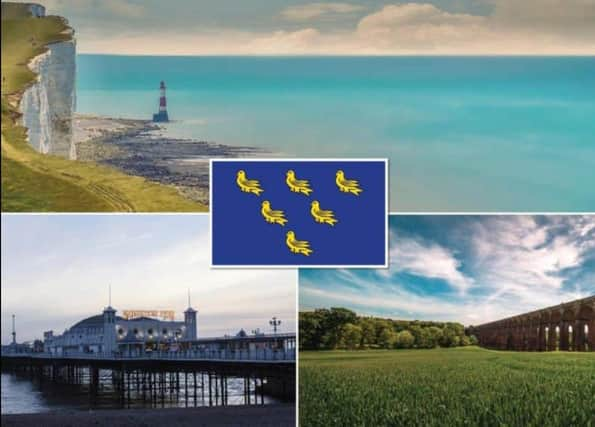

While we are no longer independent, Sussex people still have a strong sense of identity and a deep ingrained pride and loyalty to their county.
Sussex takes its name from the Old English Supseaxe - literally meaning South Saxons.
Advertisement
Hide AdAdvertisement
Hide AdThe Kingdom of Sussex , was one of the seven traditional kingdoms of the Heptarchy of Anglo Saxon England.
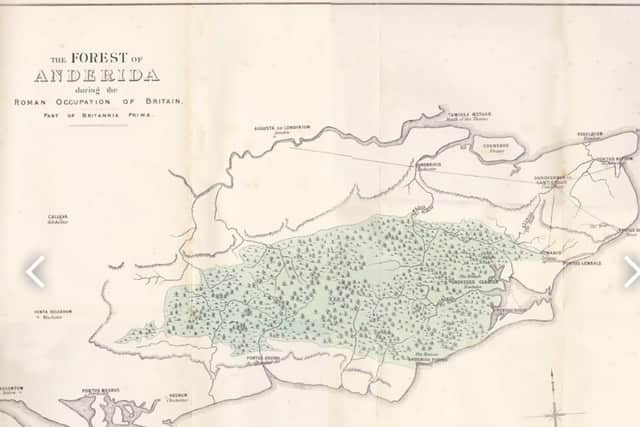

Sussex remains one of the least known of the Anglo-Saxon kingdoms, with no surviving king-list, several local rulers and less centralisation than other Anglo-Saxon kingdoms.
The South Saxons were ruled by the Kings of Sussex until the country was annexed by Wessex, probably in 827, in the aftermath of the Battle of Ellendun.
Back then, a large part of Sussex was covered by the Forest of Andred, known today as the Weald. This forest, according to the Anglo-Saxon Chronicle, was 120 miles (190 km) wide and 30 miles (50 km) deep was the largest remaining area of woodland and heath in the territories that became England. It was inhabited by wolves, boars and possibly bears and was so dense that that Domesday Book did not record some of its settlements.
Advertisement
Hide AdAdvertisement
Hide AdThe coastline would have looked different from today. Much of the alluvium in the river plains had not yet been deposited and the tidal river estuaries extended much further inland. It is estimated that the coastal plain may have been at least one mile broader than it is today.
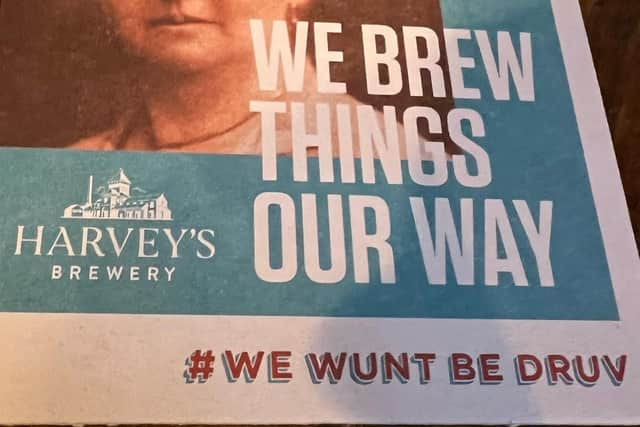

The ancient droveways of Sussex linked coastal and downland communities in the south with summer pasture land in the interior of the Weald. The droveways were used throughout the Saxon era by the South Saxons and probably originated before the Roman occupation of Britain. The droveways formed a road system.
Sussex is unique and reminders of our past are everywhere, from Norman castles to great cathedrals and the rolling Sussex Downs. Hastings is home to the largest beach-launched fleet in Europe.
There is a long history of dissent and 'otherness' in Sussex. Smuggling was once the biggest unofficial industry in the county and Cinque Port fleets from Hastings and Rye were bordering on piratical, raiding the French coastline.
Advertisement
Hide AdAdvertisement
Hide AdThe fierce independent spirit of Sussex still remains, encapsulated in the unofficial county motto 'We wunt be druv' - a phrase in the old Sussex dialect meaning 'we will not be driven'. It assets that Sussex people have a strong mind of their own and cannot be forced against their will.


The phrase has even been incorporated by Harvey's Brewery of Lewes in its marketing.
In 1914 Victor Cook summed up the feeling in a poem in the Sussex dialect, published in 1914.
Some folks as come to Sussex,
They reckons as they know -
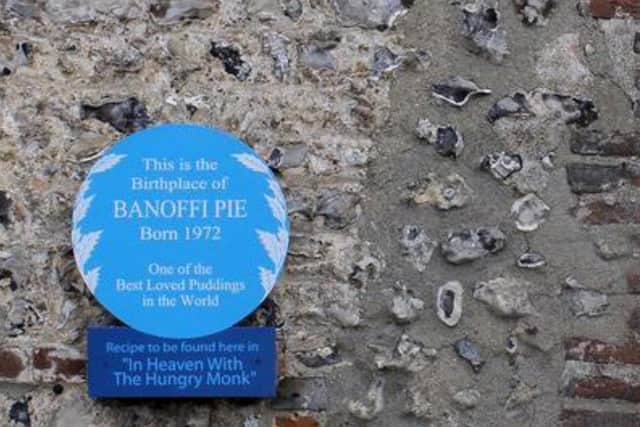

A durn sight better what to do
Than simple folks, like me and you,
But them as comes to Sussex,
They mustn't push and shove.
For Sussex will be Sussex,
And Sussex won't be druv!
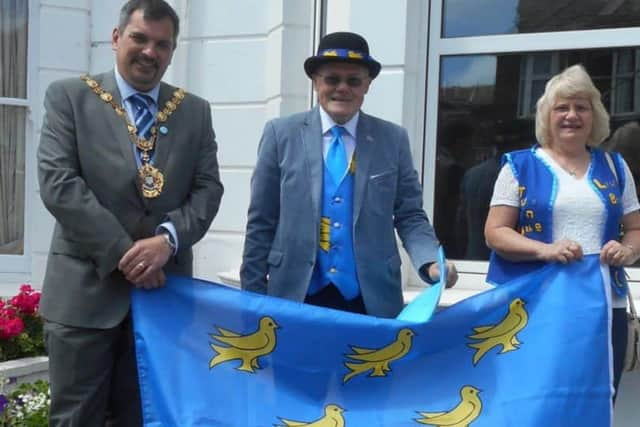

There ant no place like Sussex,
Until ye goos above,
For Sussex will be Sussex,
And Sussex won't be druv.
Twice in the late Middle Ages, Sussex working people rose in revolt: Once in the Peasants' Revolt of 1381, under Wat Tyler and again in the 1450 rebellion led by Sussex man Jack Cade, who was pursued and fatally wounded at Old Heathfield. The hamlet of Cade Street, in the Heathfield area is named in tribute to him and there was a pub there called The Jack Cade.
Advertisement
Hide AdAdvertisement
Hide AdThe spirit of rebellion can still be found in the Bonfire Societies of Sussex. There is no other county in the country where the old tradition of bonfire is kept alive in this way.
The essence of Sussex is kept alive in the words of the many famous writers who made the county their home – Virginia Woolf, EF Benson, Rudyard Kipling, Arthur Conan Doyle and Winnie the Pooh creator A.A, Milne.
In more contemporary times, comic Legend Spike Milligan made the county his home and is buried in Winchelsea Church. Former Beatle Sir Paul McCartney lives in the village of Peasmarsh, near Rye and rock musician Nick Cave has made his home in Brighton.
These days, in Sussex we pride ourselves on our culture and produce. Going back only as far as the mid 1980's there were just two breweries in Sussex - now there are close to a hundred with new ones opening all the time.
Advertisement
Hide AdAdvertisement
Hide AdWe produce our own wine, have the largest English cider collection in the country, at Middle Farm, near Lewes, and some outstanding restaurants using locally sourced ingredients.
The world-famous banoffee pie – a dessert pie made from bananas, cream and a thick caramel sauce, was invented in Sussex in the early 1970’s by the owner and chef of the Hungry Monk at Jevington, in the South Downs.
Since 2007, Sussex Day has been officially marked on June 16. The idea of Sussex Day came from Worthing resident Ian Steedman and it was soon approved by West and East Sussex County Councils.
We may no longer be an independent kingdom but we can safely say Sussex people retain their strong sense of identity and pride.
Have you read? All about Sussex Day and our special county
Have you read? Learn about Sussex folklore and traditions